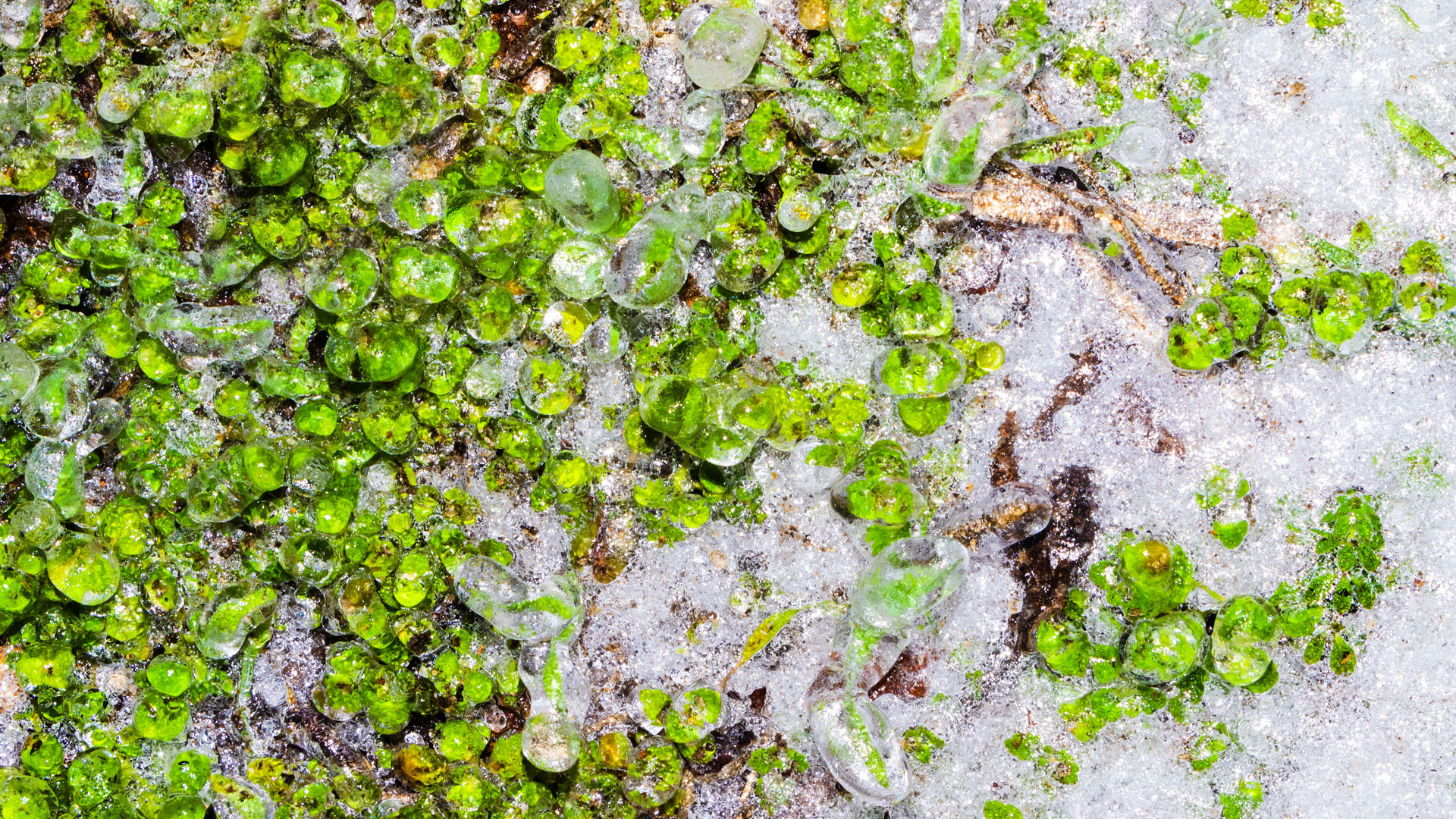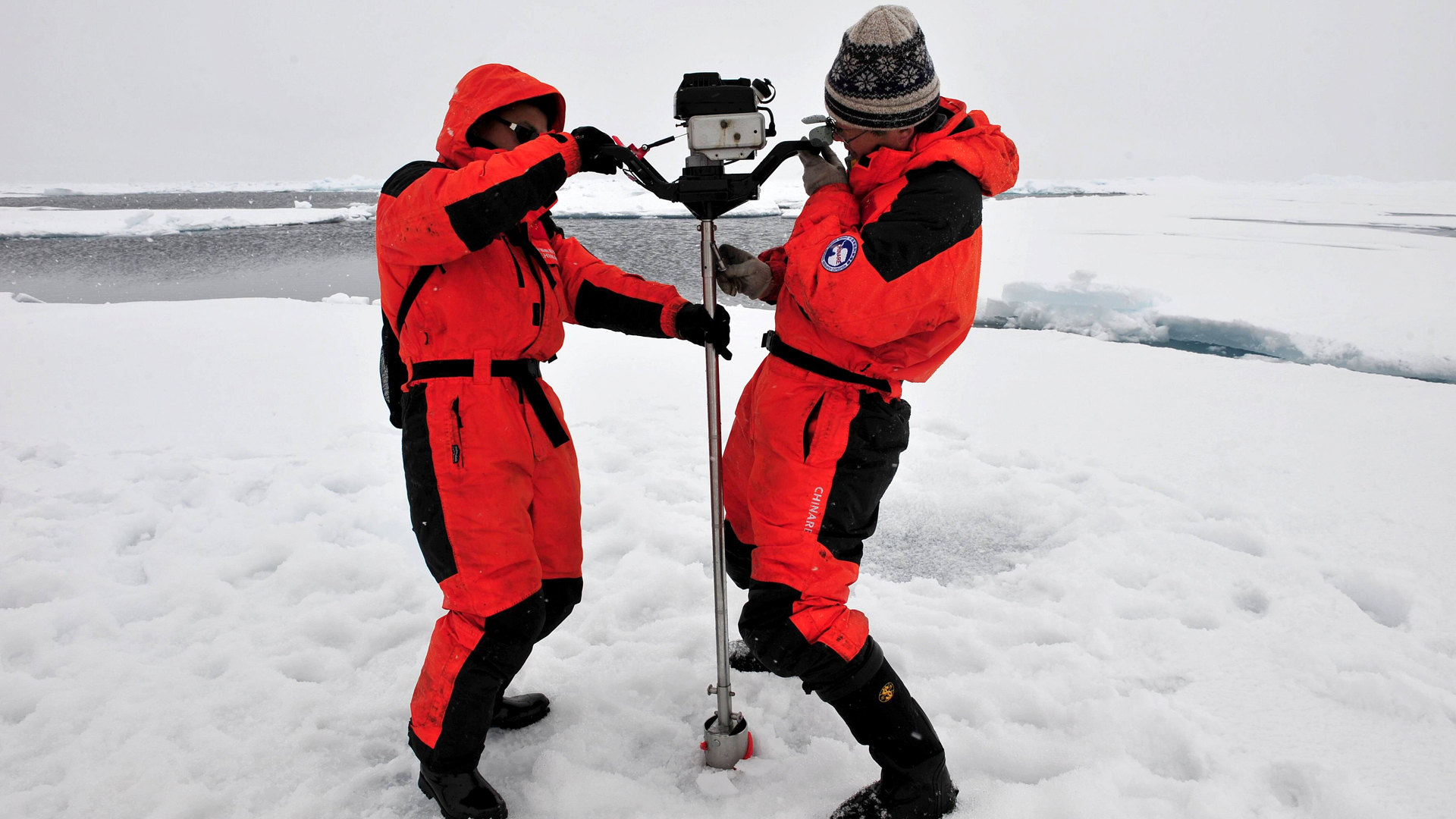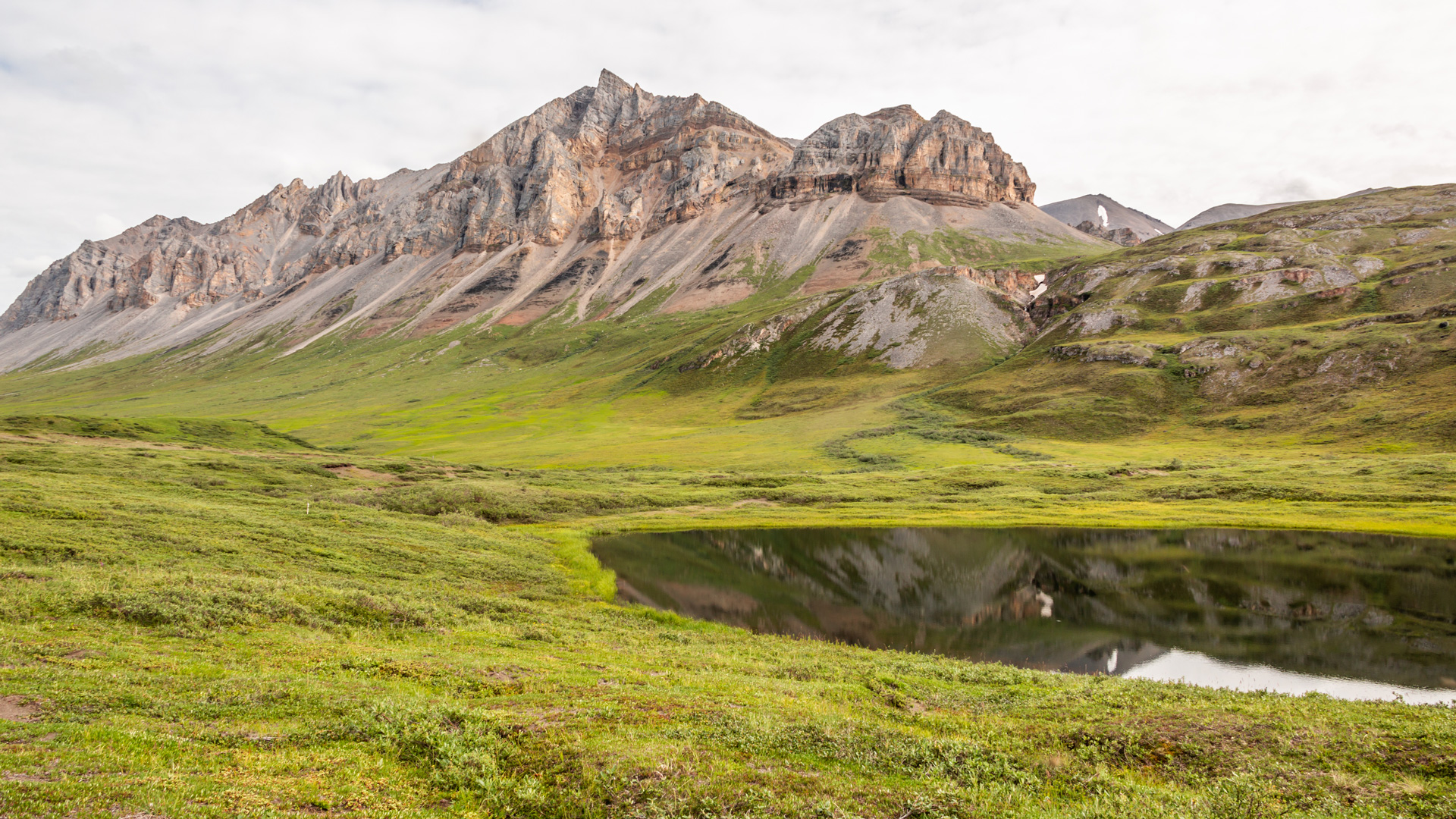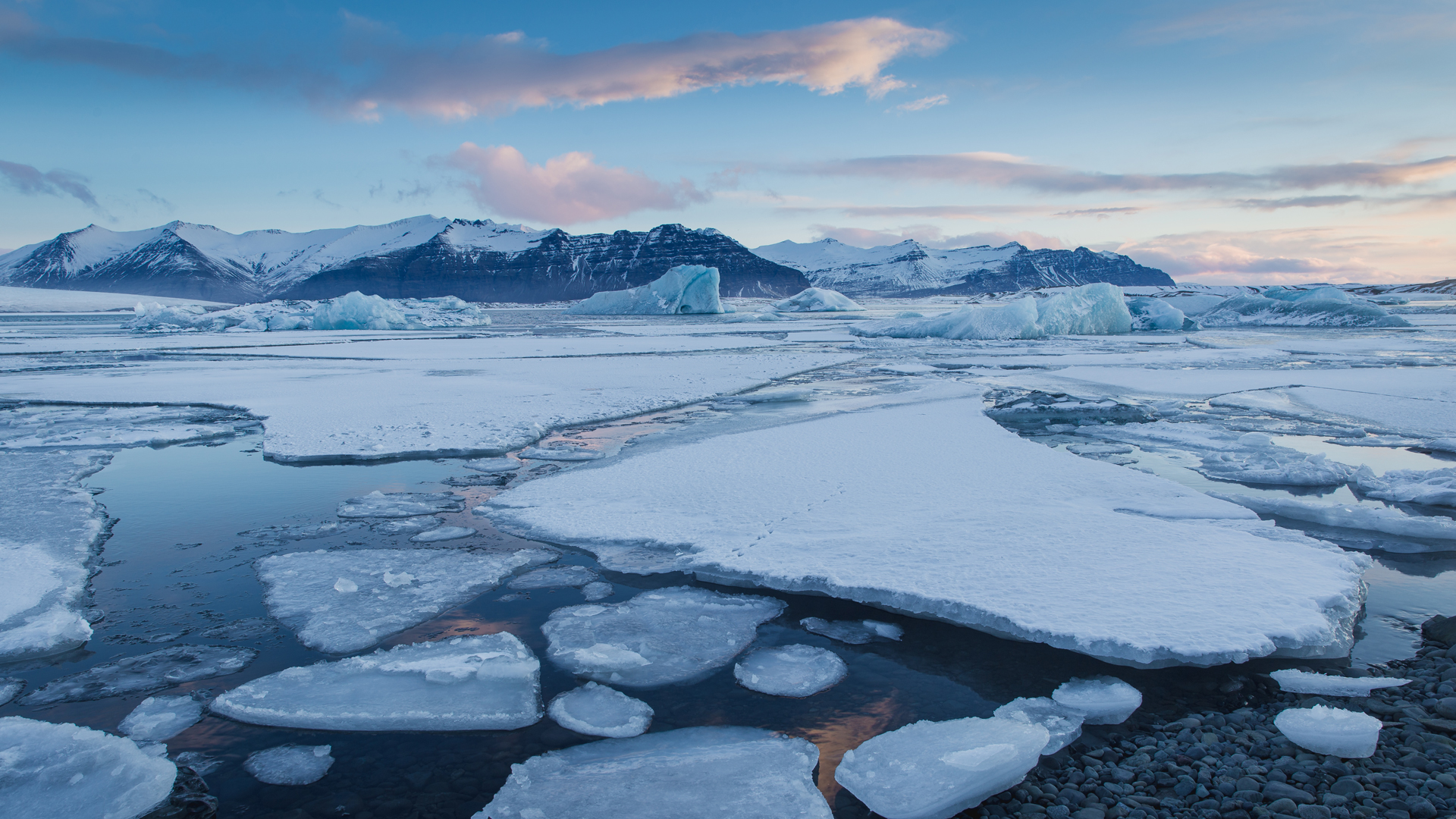There is a thaw on the permafrost. What happens if we wake up the sleeping carbon giant? The effects are hardly predictable.
The world's largest carbon deposits are hidden in the frozen ground of the Arctic. The majority of it has been trapped for thousands of years in so-called permafrost – permanent frost that covers around a quarter of the land area in the northern hemisphere. Now global warming is accelerating the thawing of permafrost and releasing huge amounts of greenhouse gases into the atmosphere.
Follow us on social media
Like fruit in the freezer
Frozen berries can survive in the freezer for years. However, if you take them out, the fruits start to decompose pretty quickly. Similarly, plant remains of trees, shrubs, grasses and mosses trapped in permafrost in the north can survive for thousands of years – as long as temperatures remain below freezing. When the ground thaws, the organic material begins to decompose.

The problem is that during this decomposition, the carbon from the plant remains is converted into greenhouse gases, primarily carbon dioxide. Methane, a greenhouse gas that is around 30 times more harmful, is also increasingly escaping from water-saturated soils CO2. Due to the sheer size of the Arctic, it is not easy to determine the amount of greenhouse gases that are actually being released by the thawing permafrost.
Don't miss anything with the WWF newsletter!
How dangerous is the situation?
There are two ways to study the release of greenhouse gases. Firstly, by directly measuring emissions on site. Or secondly, by taking soil samples that can be used to determine how quickly the plant material decomposes. Hundreds of locations in the Arctic have already been examined in this way. In Russia in particular, there are still huge black spots on the map.

Scientists began studying thawing permafrost as early as the 1970s. Research only really got going in the late 1990s. Recent advances in satellite imagery and computer modeling now help collect enough data to even predict future emissions.
Three key questions
In order to make these predictions, three questions are crucial:
- How quickly will permafrost and soil carbon thaw?
- How easily will this thawed soil carbon decompose?
- And how warm and moist will the ground be after it thaws?
A fundamental difficulty in forecasting is that emissions will vary from region to region and ecosystem to ecosystem. The thaw of the permafrost in the Alaskan tundra will be different than in a Canadian peatland and will be very different from the thaw in the Siberian taiga forest.

The amount of ice is crucial
A key factor is the amount of ice in the permafrost. Some permafrost contains a lot of ice, meaning the thaw causes land surface collapse, called thermokarst. These can lead to landslides or the formation of lakes and wetlands – a scenario that promotes methane production.

Current research is also trying to understand the role wildfires play in melting permafrost and the importance of greenhouse gas emissions during long winters. Scientists are also investigating: to what extent increased plant growth in a warmer climate offsets some of the greenhouse gases released from the soil.
What we can say today
Current evidence suggests the following: Thawing permafrost in the 21st century will release levels of greenhouse gases comparable to the emissions of today's major industrialized nations. The predictions range from an increase in emissions comparable to those of Japan to those of the United States. The greenhouse gas emissions from the thawing permafrost will probably not cause uncontrolled global warming. However, the current climate crisis is likely to accelerate far beyond what can be expected from other anthropogenic emission sources alone.

The solution is always the same
The fact is: these emissions will be so enormous that they will have to be taken into account in international climate negotiations in the future. Until then, the only viable way to reduce emissions from the thawing permafrost is to limit the greenhouse gases we humans cause from the outset.
This article is first in THE CIRCLE magazine published.
You can hear more about thawing permafrost in the WWF podcast The Frozen Planet.
Follow us on social media:


